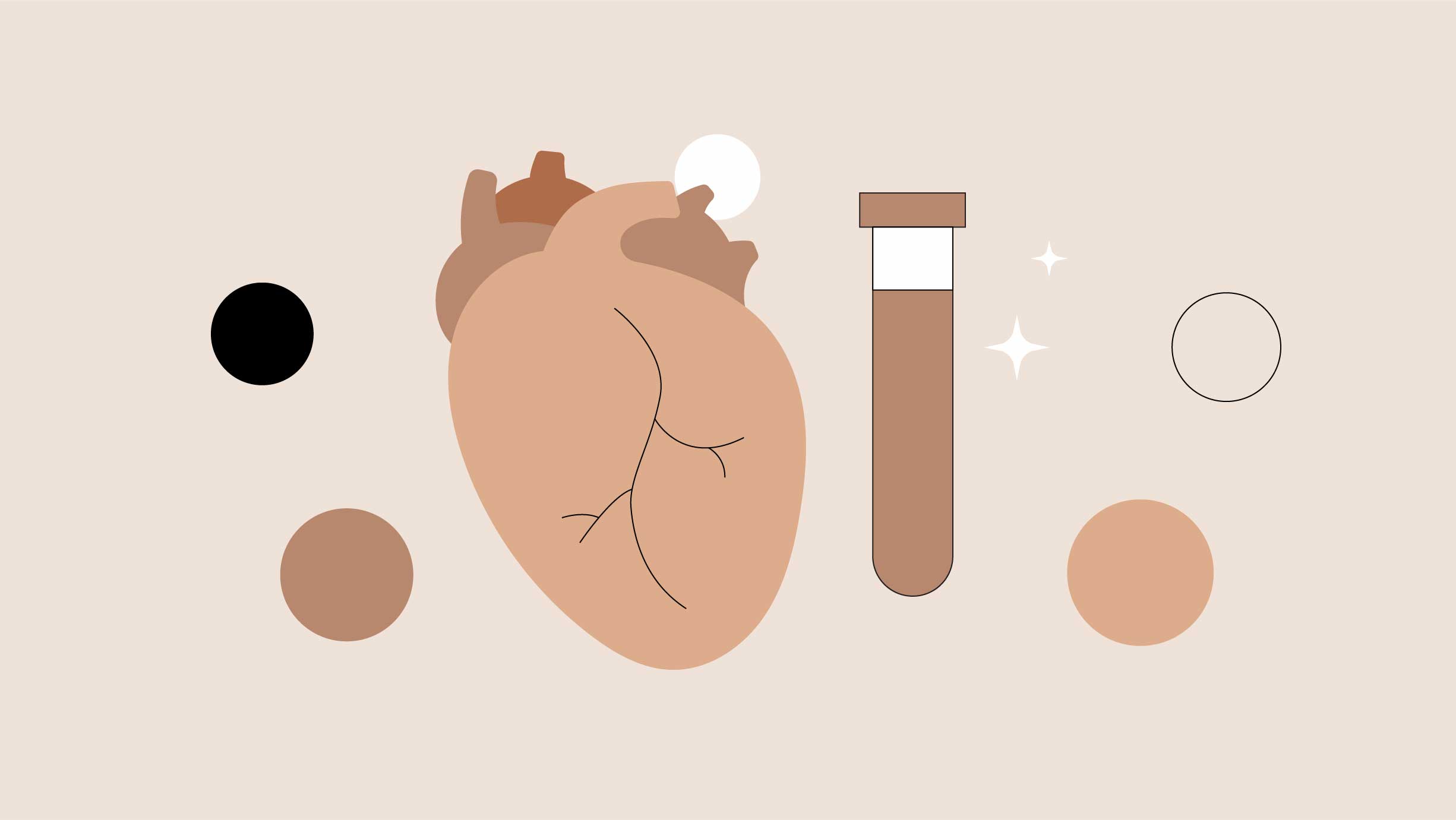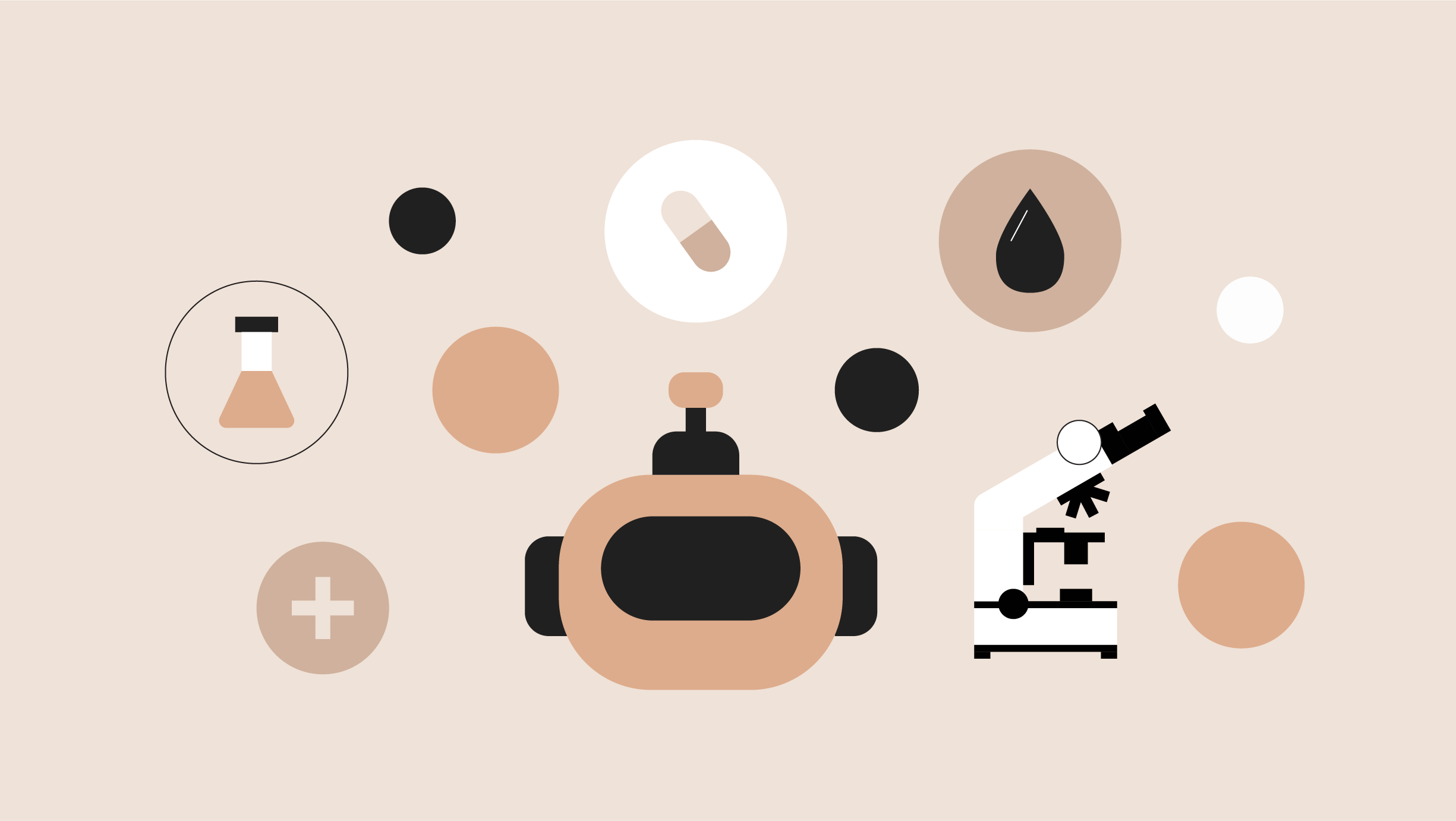What should I tell my care team before I take this medication?
They need to know if you have any of these conditions:
- Abnormal vaginal bleeding
- Blood clots
- Blood vessel disease
- Breast, cervical, endometrial, ovarian, liver, or uterine cancer
- Diabetes
- Gallbladder disease
- Heart disease or recent heart attack
- High blood pressure
- High cholesterol or triglycerides
- Kidney disease
- Liver disease
- Migraine headaches
- Seizures
- Stroke
- Tobacco use
- An unusual or allergic reaction to etonogestrel, other medications, foods, dyes, or preservatives
- Pregnant or trying to get pregnant
- Breastfeeding
What may interact with this medication?
Do not take this medication with any of the following:
This medication may also interact with the following:
- Acitretin
- Aprepitant
- Armodafinil
- Bexarotene
- Bosentan
- Carbamazepine
- Certain antivirals for HIV or hepatitis
- Certain medications for fungal infections, such as fluconazole, ketoconazole, itraconazole, or voriconazole
- Cyclosporine
- Felbamate
- Griseofulvin
- Lamotrigine
- Modafinil
- Oxcarbazepine
- Phenobarbital
- Phenytoin
- Primidone
- Rifabutin
- Rifampin
- Rifapentine
- St. John's wort
- Topiramate
This list may not describe all possible interactions. Give your health care provider a list of all the medicines, herbs, non-prescription drugs, or dietary supplements you use. Also tell them if you smoke, drink alcohol, or use illegal drugs. Some items may interact with your medicine.
What should I watch for while using this medication?
Visit your care team for regular checks on your progress.
Using this medication does not protect you or your partner against HIV or other sexually transmitted infections (STIs).
You should be able to feel the implant by pressing your fingertips over the skin where it was inserted. Contact your care team if you cannot feel the implant, and use a non-hormonal birth control method (such as condoms) until your care team confirms that the implant is in place. Contact your care team if you think that the implant may have broken or become bent while in your arm.
You will receive a user card from your care team after the implant is inserted. The card is a record of the location of the implant in your upper arm and when it should be removed. Keep this card with your health records.








